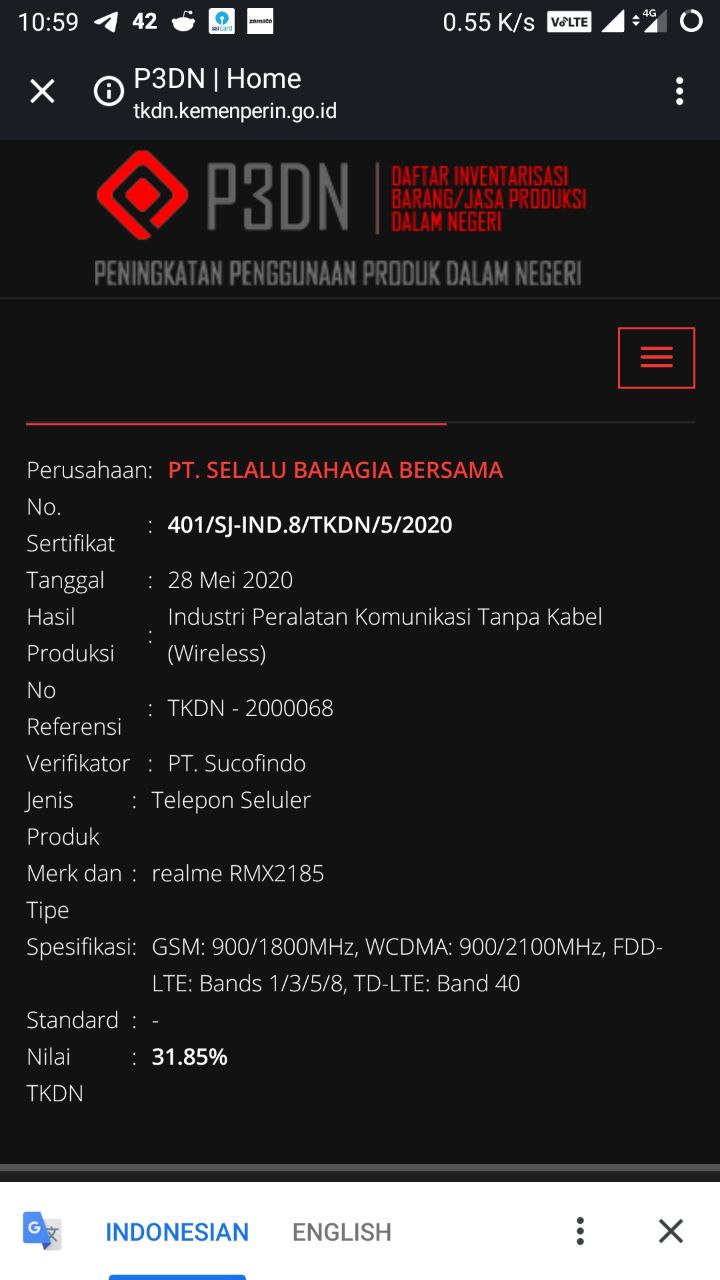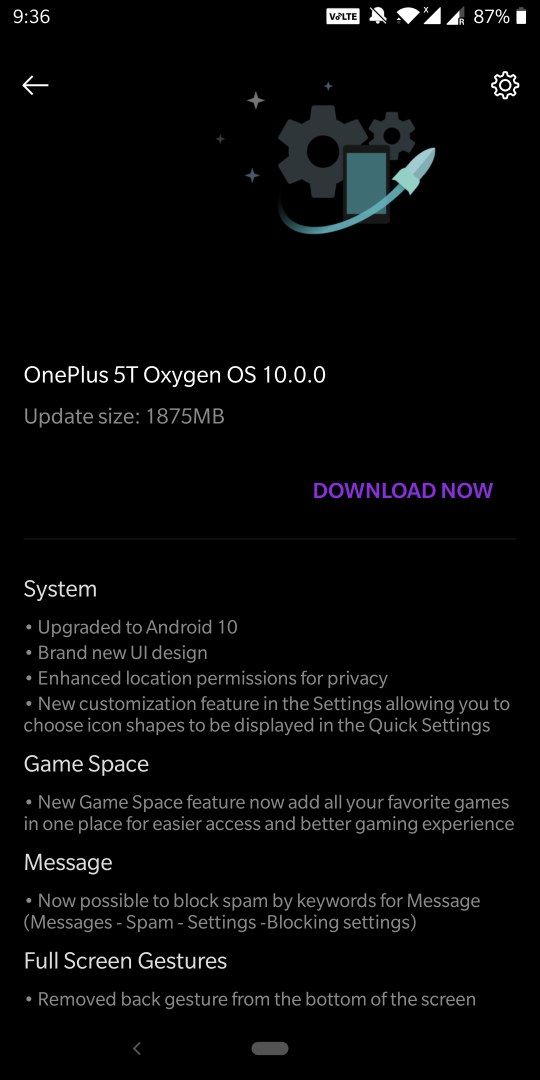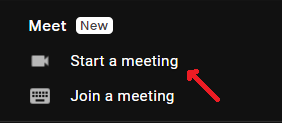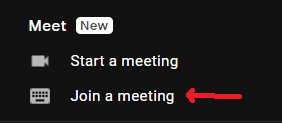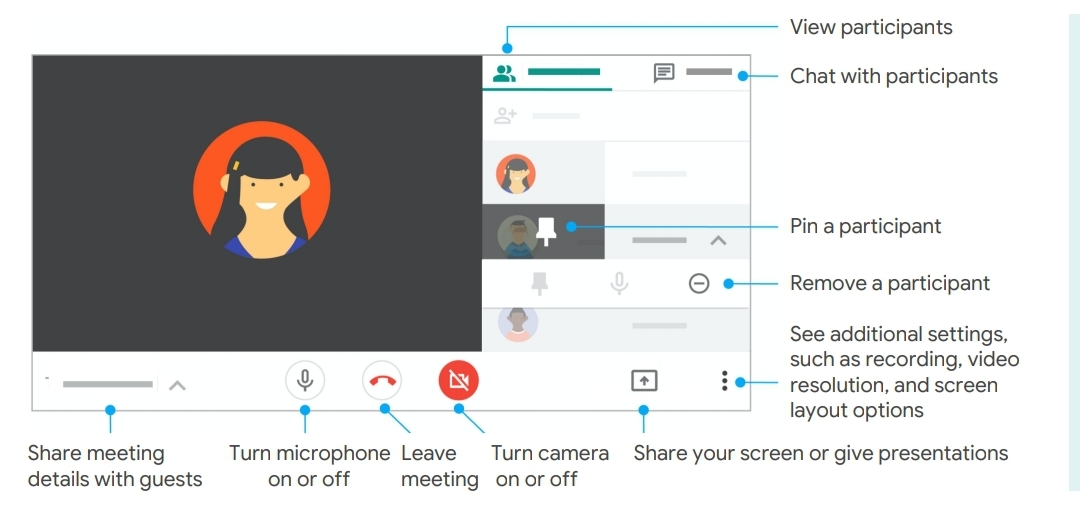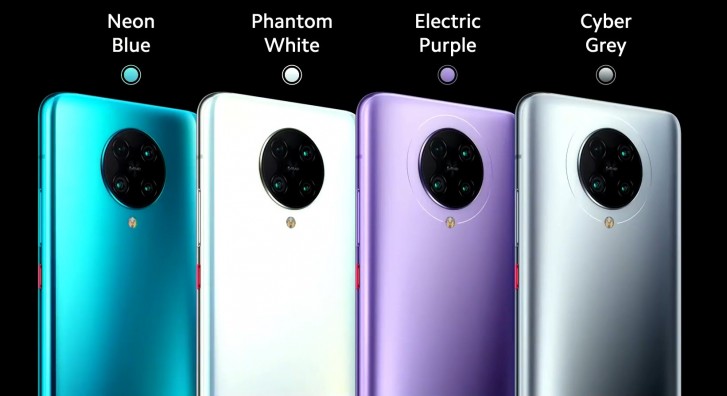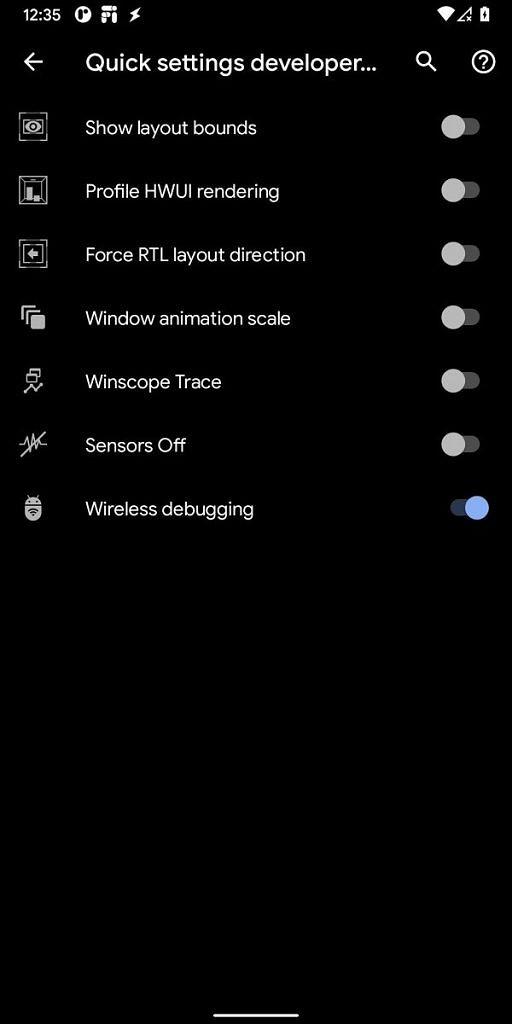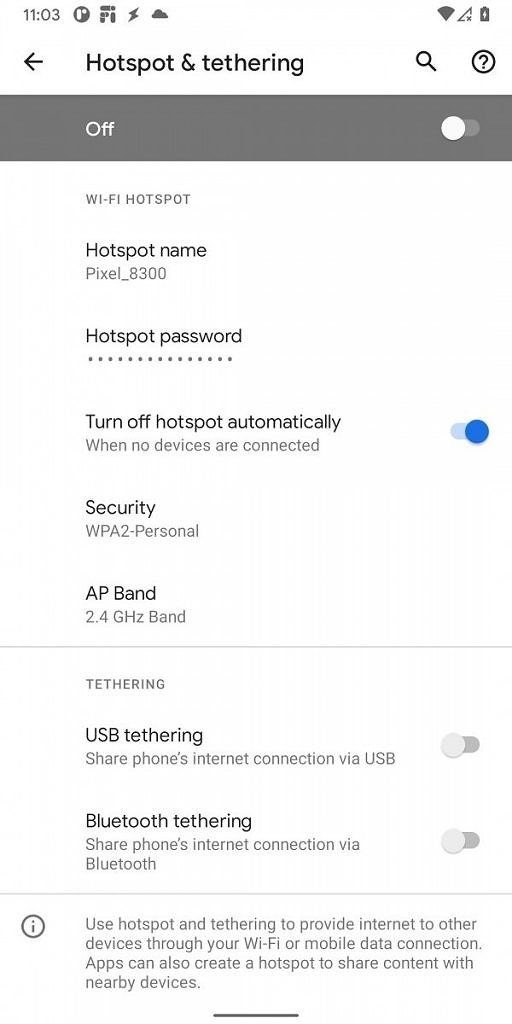Nothing is going right in the world and its implication has affected various sectors all across the globe. As a tech enthusiast group, one of the things we’re excited, even during this critical phase was about the Android 11 beta launch scheduled for June 3. Seems our excitement is short-lived as Google has officially announced the postponement of the event.
Now it’s not the time to celebrate, says the Android Developers Twitter handle as a reason for the indefinite postponement. The latest announcement comes as a nail in the coffin of all tech enthusiasts who’re already dejected with the Google I/O being cancelled due to the pandemic.
Despite, Google urges the Android fans and developers to wait as they will be back with more on Android 11 soon. But when exactly, no word on the same yet. We might even witness Google directly pushing the stable Android 11 to the wild. This possibility can’t be ignored though.
Thanks to Project Treble, it’s during the beta phase of a new Android release when Google includes other OEMs to make use of the early builds. In case if you forgot, last year, few devices from Vivo, OnePlus, Nokia, Huawei etc, were part of the Android 10 beta programme. Hope to see the same this year as well.
In case if you missed all the tidbits of the Developer preview builds, then do check our post on the Android 11 DP 4, which will give you a brief idea of what we can expect from the next major Android iteration.
Must See: New Features on Android 11 Developer Preview 4
Android 11 beta launch postponed indefinitely






 3:31 PM
3:31 PM
 Simranpal SIngh
Simranpal SIngh

